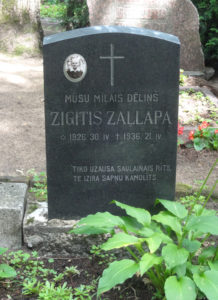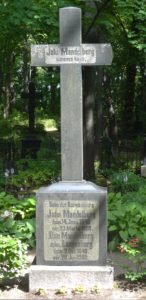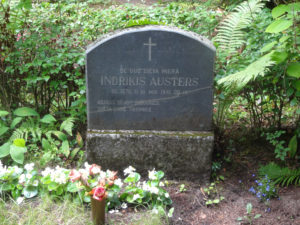Mark your calendars – on October 2nd, I am launching my new subscription program, “Steps to Latvian Genealogy Success”!
Who is this program for?
This program is for people who want to do their own Latvian genealogical research, but are looking for a steady stream of information to help them with that process.
It is less intense than my genealogy courses, but still provides weekly content to help you conduct your genealogical research effectively.
What does this program provide?
Each Sunday, you will receive two different mailings straight to your inbox – the first will be the BMD Newsletter that I already provide as a subscription service for $5/month, wherein I translate one record each of birth, marriage and death records, to help you get familiar with record formats, handwriting and language.
The second will depend on the week:
Week 1: Recognizing Names in Old Records – A case study of a specific name, recognizing its appearance in different styles of handwriting, its spelling variations, possible forms translated into different languages, and where the name is most likely to appear.
Week 2: Analyzing Terminology – Going over a specific word, what it means in historical context, learning to recognize where and when it could appear in records, its translations in different languages.
Week 3: Case Study – A case study on solving a tricky family mystery, and how to get out of what might initially look like a dead end.
Week 4: Periodika or Maps – How to use the online periodical source Periodika effectively, including recognizing common OCR (optical character recognition) mistakes, or how to use old and modern maps to find where your ancestors lived.
Week 5 (if applicable): If a month has a fifth Sunday, then at the beginning of the month I will invite submissions for ideas on what to write about in this last week!
How will the information be provided?
It will be sent straight to the email address you signed up with! No need to register for any new websites, no new passwords to remember. Occasionally there may be a link to a subscribers-only page on my website, but the access code will be provided directly in the email and you don’t need to sign up anywhere.
How much does it cost?
The program is $9.99 per month. You can enroll by clicking this Paypal button here:
To make bookkeeping simple, this is how it will work: When you register, you will start receiving content the following Sunday. If you register on a Sunday, you will start receiving content that day!
If you register NOW, you will get bonus introductory content this coming Sunday September 25th! So go sign up now! And then don’t forget to submit your suggestions for October’s Week 5!



